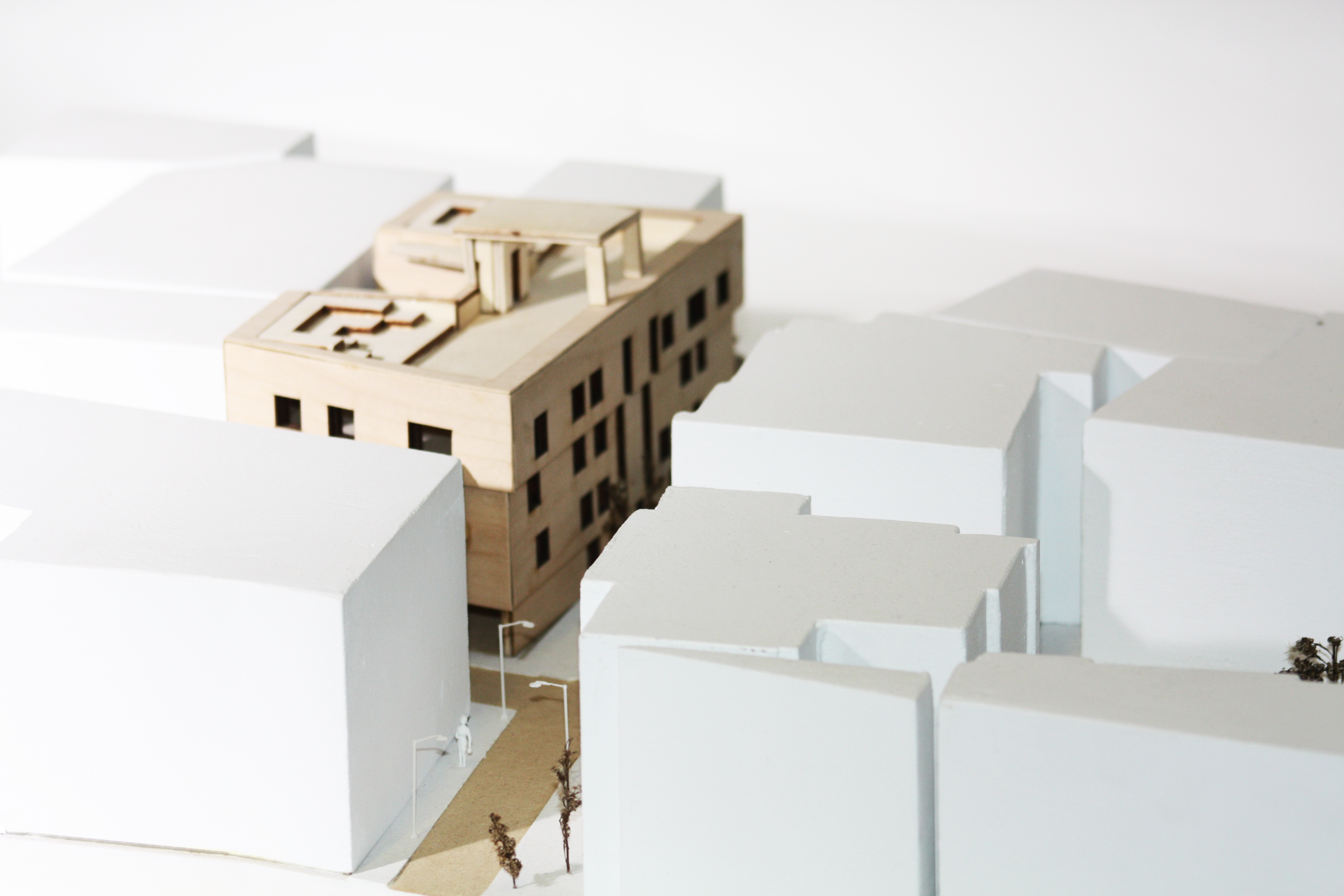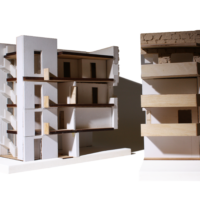Integrating Levantine Vernacular Architecture for the Sustainable Reconstruction of Beirut
The aftermath of the Beirut Port explosion intensified issues regarding energy usage and gentrification, along with destruction of the city’s heritage spaces. Despite the devastation, there lies an opportunity to reconsider the standard of building through the integration of Levantine vernacular architecture within present-day construction. This offers an environmentally and socially sustainable approach to reconstructing Beirut’s neighborhoods while conserving the city’s heritage.
In order to understand what techniques are present in vernacular Levantine architecture, this research was split into two portions. First, the typologies of vernacular housing and their plans were qualitatively analyzed in tandem with their historical cultural functions. Second, the typologies and their forms were analyzed based on their passive ventilation and solar mitigation/gain techniques.
Based off the research, 4 key strategies were formulated to integrate vernacular techniques into modern construction. To demonstrate the efficiency of this adaptation of vernacular techniques, a quantitative analysis of the building’s sun lighting and ventilation strategies were conducted using Climate Studio, and Ladybug plugins through Grasshopper. A qualitative analysis was conducted on the building’s spaces, and how well it provided space for community and the contemporary needs of the people living in Beirut.
This paper serves as one of the first of these investigations into Levantine vernacular architecture in a way that employs and quantitatively analysis their effectiveness within a contemporary setting. This strategy of building has the opportunity to extend beyond the realm of post-disaster building and the four proposed strategies may be utilized to serve future construction projects. Research on the subject and proof of value in these vernacular techniques may encourage investigations into the vernacular architecture of other regions, inspiring more sustainable and culturally relevant forms of building.








